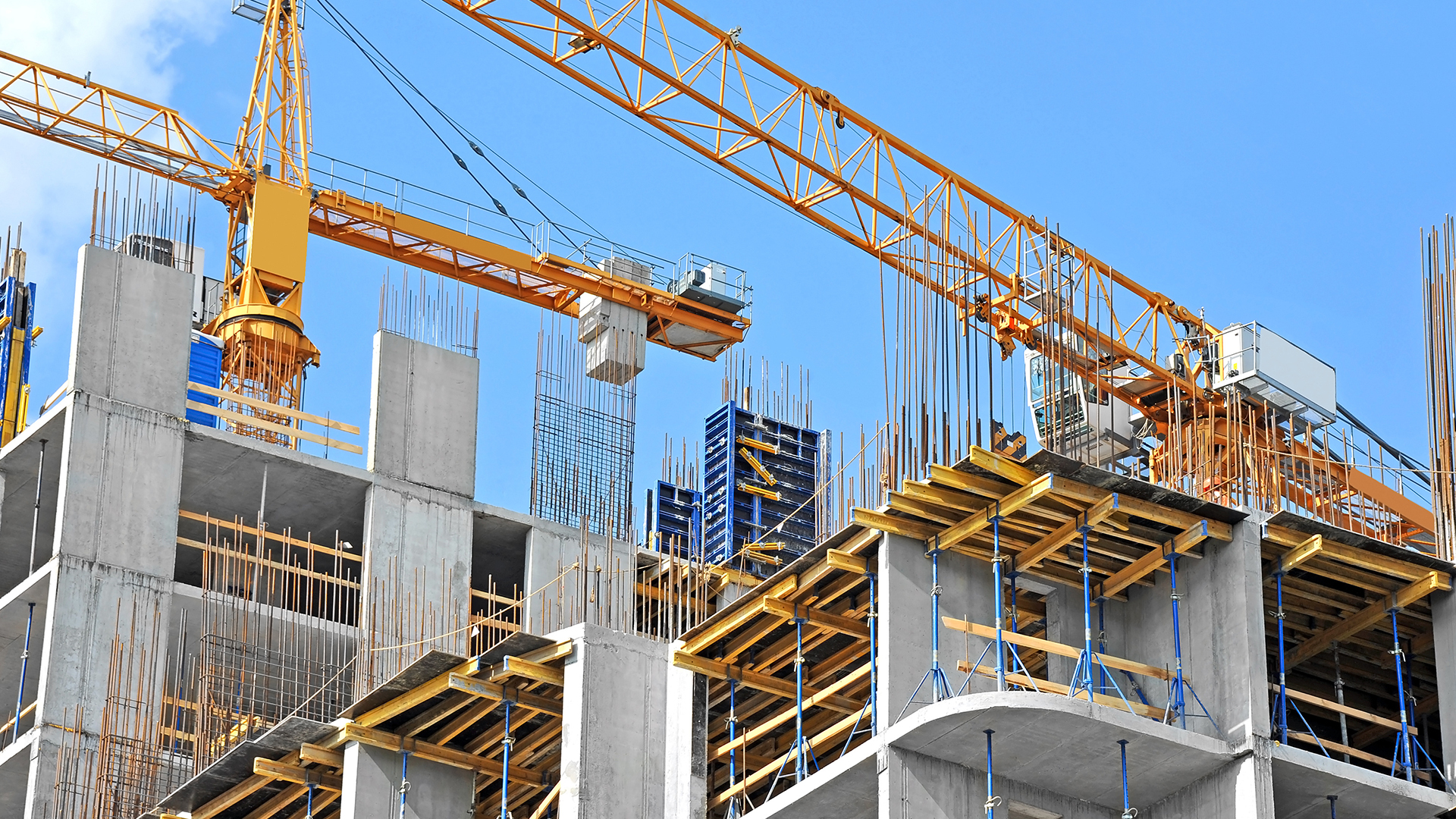Construction techniques and processes are striving to become more environmentally friendly and eco-conscious.
This has driven demand for off-site construction, which is expected to enjoy a steadily progressive CAGR from 2023 to 2030 and beyond.
But what makes offsite construction the more sustainable choice?
Controlled Manufacturing Environments
The vast majority of offsite construction occurs within controlled factory environments.
This enables constructors to ensure each element precisely meets specifications, conserving materials. For instance, moulds and castings can be reused, reducing wastage. This can vastly reduce post-build snagging lists and associated repairs.
Conversely, traditional construction methods pose significant environmental challenges with their piles of unused materials. Not only does surplus material lead to financial losses, but disposing of this waste also negatively impacts the environment.
Offsite construction addresses this by allowing precise planning and just-in-time procurement of materials. The result? A significant reduction in excess materials and waste.
Efficient Transportation
With off-site construction, instead of multiple trips ferrying raw materials to a construction site, there are fewer, more organised deliveries.
In some cases, nearly the whole building or unit can be delivered in one go. In addition to deliveries, off-site construction reduces the need for transporting heavy on-site equipment like cranes.
This approach reduces emissions, reduces carbon footprint and results in less disturbance to local communities.
Adaptability and Reusability
Off-site structures are often modular, meaning they can be easily modified, expanded or redeployed based on changing needs. This minimises waste and encourages long-term sustainable building practices.
Modular off-site buildings are incredibly easy to set up and tear down, making them ideal for temporary and semi-temporary applications, such as music festivals, construction sites and educational or healthcare facilities.
Reduced Site Disturbance
Offsite construction sustainability extends to drilling, earthworks and other potentially destructive or disruptive activities.
This cuts noise pollution and reduces interference with ecosystems and local communities, all equating to environmental benefits.
Additionally, constructing off-site reduces the risk of disturbances and delays resulting from bad weather.
Summary
Green structural engineering and construction processes leverage off-site construction to reduce environmental footprints and wastage.
Not only do off-site techniques deliver outstanding environmental and ecological benefits, but they also ensure rapid project delivery and high construction standards.
Clegg Associates are specialists in off-site construction and understand how to create design and construction packages that incorporate off-site methods that benefit both the project and the environment.
